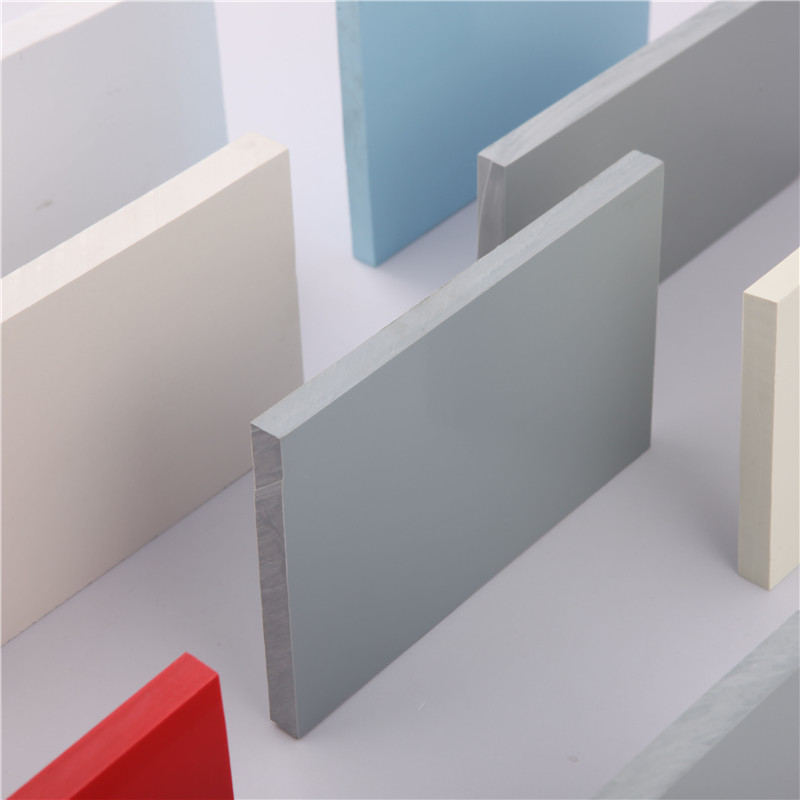Nov . 25, 2024 02:51 Back to list
High-Density Polyethylene Duct Pipe Applications and Benefits in Modern Infrastructure
Understanding HDPE Duct Pipes A Comprehensive Overview
High-Density Polyethylene (HDPE) duct pipes have become a cornerstone in various industries due to their remarkable strength, durability, and resistance to environmental factors. These pipes are specifically designed for various applications, including telecommunications, electrical cable protection, and underground utility installations. In this article, we will explore the advantages, applications, and characteristics of HDPE duct pipes, highlighting why they are a preferred choice in many projects.
What is HDPE?
HDPE, or High-Density Polyethylene, is a thermoplastic polymer made from petroleum. Its molecular structure provides enhanced strength and rigidity compared to other forms of polyethylene. The production process involves polymerizing ethylene at high pressure, leading to a denser molecular arrangement, which contributes to its impressive physical properties.
Advantages of HDPE Duct Pipes
1. Durability HDPE duct pipes are known for their exceptional durability. They resist cracking, splitting, and stress, making them ideal for demanding environments. Their ability to withstand extreme temperatures, both high and low, further extends their lifespan.
2. Lightweight Compared to traditional materials such as concrete or metal, HDPE is significantly lighter. This characteristic simplifies handling, transportation, and installation, which can lead to reduced labor costs and improved efficiency.
3. Corrosion and Chemical Resistance HDPE is resistant to a wide range of chemicals and does not corrode, making it suitable for various applications. This resilience makes it an excellent choice for industries that require protection from harsh substances.
hdpe duct pipe

4. Flexibility HDPE duct pipes offer excellent flexibility, allowing them to be installed in tight spaces or around obstacles without compromising their structural integrity. This adaptability is crucial for utilities and infrastructure projects.
5. Environmental Impact HDPE is recyclable, contributing to sustainability efforts. At the end of its lifespan, HDPE can be reprocessed and reused, reducing landfill waste and the carbon footprint associated with the production of new materials.
Applications of HDPE Duct Pipes
The versatility of HDPE duct pipes makes them suitable for a range of applications. They are widely used in
- Telecommunication Networks HDPE duct pipes provide protection for fiber optic cables, ensuring optimal performance and reliability. - Electrical Installations These pipes safeguard electrical wiring, reducing the risk of damage and enhancing safety in installations. - Drainage Systems Their resistance to chemical attack makes them an ideal choice for drainage and sewage systems, ensuring longevity and operational efficiency. - Water Supply Lines HDPE is often used in water distribution systems, providing a safe and reliable means of delivering clean water.
Conclusion
In conclusion, HDPE duct pipes present numerous benefits that make them an essential component in various sectors. Their durability, lightweight nature, chemical resistance, and flexibility position them favorably against traditional materials. As industries strive for sustainability and efficiency, HDPE duct pipes will continue to play a pivotal role in the development of resilient infrastructure, offering reliable solutions for modern-day challenges. With ongoing advancements in technology and manufacturing processes, the future of HDPE applications looks promising, solidifying its status as a go-to material in utility and construction projects.
-
Premium Glossy PP Rigid Sheet – Durable & Versatile
NewsAug.07,2025
-
High-Quality HDPE Sheet | Durable Plastic Panels
NewsAug.06,2025
-
High-Precision PVC Rigid Sheets for Vacuum Forming | AI-Optimized
NewsAug.05,2025
-
Durable PVC-M Water Supply Pipes | 60-Year Life
NewsAug.04,2025
-
Premium HDPE Water Supply Pipes: Durable & Leak-Proof
NewsAug.03,2025
-
Premium PVC-M Water Supply Pipe - Durable & Efficient
NewsAug.02,2025

